Carus LLC manufactures a diverse range of industry-leading catalyst products utilized in industrial abatement systems.1 Among its offerings, the CARULITE® 500 product is widely employed in catalytic oxidizer systems to mitigate various hazardous air pollutants (HAPs) and volatile organic compounds (VOCs) emitted through the exhaust of industrial stacks/ducts.

Figure 1. Picarro’s EtO Continuous Emissions Monitoring System (CEMS) and Carus’s CARULITE® 500 granules. Picarro’s Cavity Ring-Down Spectrometer analyzers were used to evaluate the remarkable destruction efficiency of CARULITE® 500. Image Credit: Picarro
CARULITE® 500 has particular significance in catalytic oxidizer systems designed for ethylene oxide (EtO, EO) abatement. While CARULITE® 500 has a reputation as an extremely efficient product across the commercial sterilization industry, recent 2024 revisions to the EPA’s EtO NESHAP (40 CFR Part 63, Subpart O) and the subsequent creation and introduction of both Performance Specification 19 (PS-19) and Quality Assurance Procedure 7 (Procedure 7) have imposed substantially more stringent stack emissions standards for demonstrating federal compliance for commercial sterilizers using EtO.2,3
In the United States, regulatory authorities have proposed and enacted standards aiming to restrict stack emissions to levels as low as 0.015 lb/hour over a rolling 30 operating day period, and destruction and removal efficiencies as high as 99.99%.
Compliance is assessed through either maintaining a continuous maximum 10 ppb stack EtO concentration or demonstrating up to a 99.99 % abatement system destruction efficiency (South Coast AQMD, Proposed Amended Rule 1405).4
This article details the destruction efficiency testing conducted by Carus and Picarro, Inc. (Picarro) on Carus’s CARULITE® 500 catalyst media utilizing Picarro’s EtO Cavity Ring-Down Spectrometer (CRDS) technology.5,6
Picarro’s technology offers unparalleled sensitivity, accuracy, and stability in measurements, capable of detection limits under 0.2 parts per billion (ppb) in measurement averaging intervals of 2 seconds, with dedicated calibration drift of less than 0.2% of span over a 7-day window. This performance makes it ideal for studies necessitating precise characterization and confirmation of high destruction efficiencies.
The testing described within this paper involved measurements conducted in a laboratory setting using an EtO standard blended to concentrations ranging between 100 ppm and 1000 ppm—levels typically encountered by catalytic oxidizer systems during active batch sterilization.
Picarro describes a tracer method employing CH4, H2O, and CO2 to validate the flow of the process gas to the analyzer. Results demonstrate that CARULITE® 500 surpasses even the most stringent regulatory standards in both destruction efficiency and effluent concentrations, with an average observed destruction efficiency of 99.99988 % and average outlet concentrations of 0.2 ppb across inlet concentrations.
Introduction
EtO serves as a crucial sterilant gas and a key chemical precursor/intermediate widely used across industries like refining, food processing, and medical device sterilization.7,8,9
Its unique ability to efficiently penetrate a diverse range of materials without causing damage makes it indispensable for sterilizing sensitive medical equipment like pacemakers and spinal cord stimulators that cannot withstand alternative means, such as irradiation or steam.
In fact, EtO is so effective that it is used to sterilize more than half of all medical devices sold annually in the United States—amounting to over 20 billion—securing its position as a cornerstone technology behind the safe sterilization of life-saving medical equipment.10
However, EtO’s carcinogenic properties have recently been highlighted by the US EPA, leading to growing concerns and scrutiny from community organizations, industry workers, and regulatory bodies.
Consequently, a series of new regulatory measures have been introduced to mitigate EtO emissions and reduce occupational exposure. These measures, variously enacted or anticipated between 2024 and 2026, primarily originate from the United States Environmental Protection Agency (US EPA).
They include the revised EtO NESHAP, PS-19, and Procedure 7 for continuous source emissions monitoring, and the Federal Insecticide, Fungicide, and Rodenticide Act (FIFRA), based on the Proposed Interim Decision (PID) addressing workplace and lifetime exposure.2,3,11
Additionally, various local, statewide, regional, and other international authorities have introduced their own district measures, with all meeting, and/or exceeding the stringent requirements set forth through US EPA guidelines.4
These regulatory rules and measures necessitate a reassessment of emissions containment and abatement strategies both in the United States and globally. Companies employing EtO are urged to adopt emissions management systems employing state-of-the-art abatement materials designed with regulatory compliance at the forefront.
Proactive upgrades to these systems and materials, coupled with intelligent monitoring practices, are essential for industries to meet EPA and other international requirements ahead of the 2024–2026 deadlines.
Methods and Materials
Carus CARULITE® 500
For more than a century, Carus has been delivering groundbreaking chemical solutions from Starved Rock County, IL. Its CARULITE® 500 catalyst (see Figure 1) is utilized globally in abatement systems dedicated to ethylene oxide destruction.
This catalyst effectively converts EtO to carbon dioxide and water at 150 °C within appropriately engineered systems, ensuring adherence to rigorous regulatory discharge standards.
Picarro EtO Systems and Solutions
Due to the scarcity of EtO instruments with detection limits capable of establishing “four nines” of destruction efficiency (i.e., 99.99%) for EtO concentrations ranging between 100 and 1000 ppm, Carus collaborated with Picarro Inc., a leading provider of analytical instrumentation for the past 25+ years.
Picarro’s CRDS and spectrometer systems are utilized worldwide in academia, industry, and government agencies for the measurement of HAPs and greenhouse gases at trace levels.
Picarro offers a suite of EtO systems, enabling industries to monitor multiple points (up to 25) within the workplace, conduct continuous emissions monitoring at stack outlets, assess perimeter monitoring across a fenceline, and evaluate regulatory and health risks around the facility.
Picarro’s systems are available through leased managed service agreements, providing facility managers with the confidence that they will always have a well-maintained, up-to-date, and compliant system managed by Picarro’s team of Environmental Systems experts.
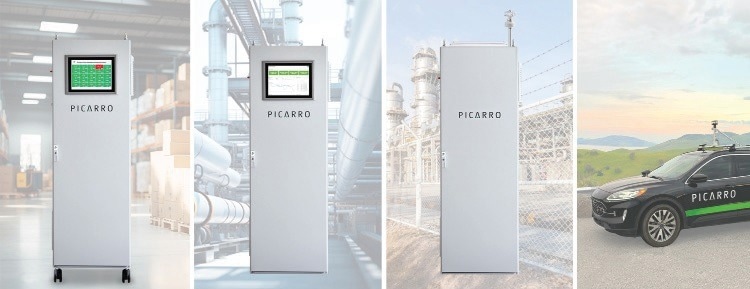
Figure 2. Picarro EtO Systems, all of which feature Cavity Ring-Down Spectrometers for rapid, sensitive EtO reporting to aid industries in achieving and maintaining regulatory compliance. Image Credit: Picarro
Picarro Cavity Ring-Down Spectrometer
Picarro’s stack EtO instrument ensures a minimum detection limit of 0.25 ppb, boasting unparalleled stability and selectivity for EtO. Offering a rapid response and one-second measurement intervals, it stands out in the industry.
Additionally, it delivers highly accurate concentrations of CH4, CO2, and H2O, facilitating the validation of destruction efficiencies through both passive and stoichiometric-ratio tracer methods.
Picarro instruments undergo meticulous quality assurance testing to effectively handle the complex gas matrices expected at the stack, in workplaces, and in ambient air. This capability equips industries with a powerful tool to evaluate facility health and risk comprehensively while substantiating regulatory compliance.
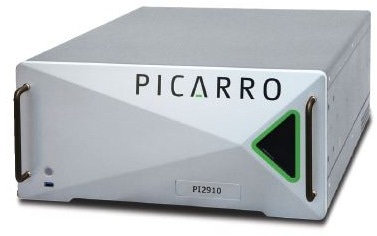
Figure 3. Picarro Cavity Ring-Down Spectrometer EtO Instrument, found at the heart of all Picarro EtO systems and solutions. Image Credit: Picarro
Testing Apparatus
Carus’s reactor column testing apparatus, as shown in Figure 4, simulates the design of commercially available catalytic oxidizers. It incorporates a 150 °C air preheater essential for preheating the catalyst bed before it encounters the EtO.
Air passes downward through the packed bed (consisting of 102 g/120 ml of CARULITE® 500, secured by refractory material), also maintained at 150 °C.
Temperature regulation of both components is managed through setpoint rheostat and temperature controller systems, respectively, with continuous monitoring to ensure the apparatus remains at 150° ± 20 °C. Temporary temperature deviations are permitted only during warm-up due to the exothermic reaction of EtO destruction.
The test was conducted with a flow rate of 15 l/minute. Sample air was directed to two Alicat Scientific (Alicat) mass flow controllers with dynamic ranges of 0–20 L/min, blending from an ultra-high purity zero air tank and a nominal 1000 ppm EtO tank (certified at 980.4 ppm ± 2% in air) to achieve EtO concentrations of approximately 100, 200, 500, and 1000 ppm at the reactor inlet.12
Downstream of the reactor, the Picarro instrument sampled the flow at a rate of 230 ml/ minute, with the excess flow vented to a fume hood.
During the reactor warm-up phase, conditioning airflow was circulated through the rig at a rate of 15 L/min to ensure uniform heating of the reactor. To save zero gas, this process was performed using a bypass pump pulling ambient room air through a second reactor inlet valve and exiting through a three-way valve at the reactor exhaust.
Once the temperature set point was reached, the inlet was switched to zero air and the outlet to the Picarro. The test commenced after the water concentration at the Picarro fell below 0.15 %, controlled by a programmed sequence to adjust the two mass flow controllers and achieve the desired concentration set points.
Each step of the 2.5-hour test was conducted for 15 minutes, with both ascending and descending phases, to mitigate any memory effects influencing the results. The initial concentration of the zero-air served as the baseline “zero EtO” state, subtracted from subsequent steps to normalize the experimental outcomes.
To confirm that the outlet signal accurately represented the effluent sample gas and not a leak or other gas stream, Picarro introduced a conserved tracer, CH4, into the tank at a nominal 10 ppm concentration (certified at 9.5 ppm ± 2 %). Prior testing by Picarro confirmed the stability of trace-level CH4 below 200 °C in catalyst beds.
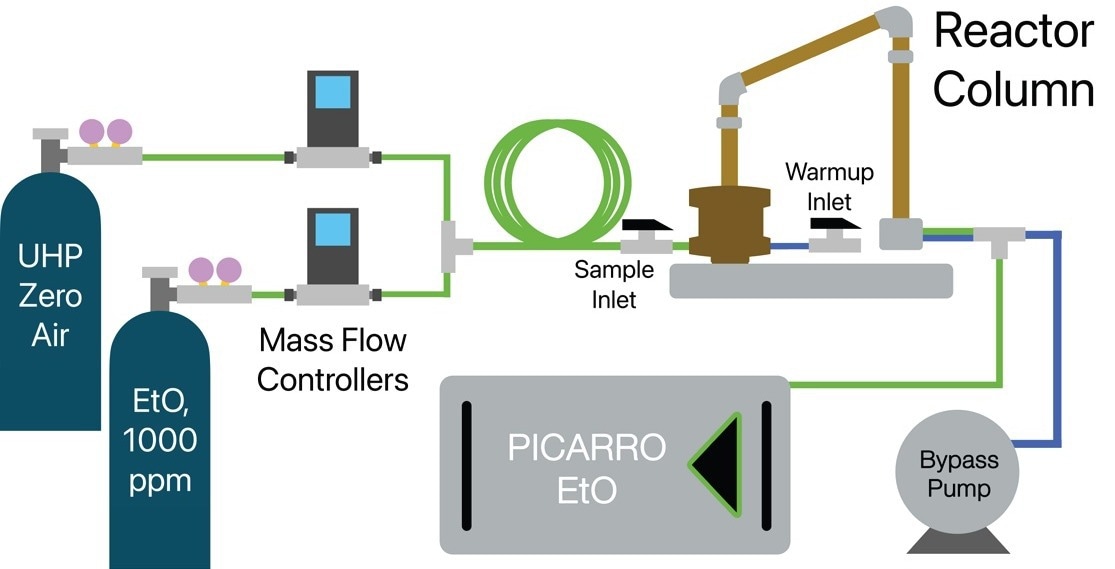
Figure 4. Experimental test apparatus design, using Carus test reactor column, and Picarro EtO Analyzer measuring the column effluent to confirm the destruction efficiency of the CARULITE® 500 catalyst, showing various warmup and sample pathways. Image Credit: Picarro
Results and Discussion
Destruction Efficiency
Figure 5 below illustrates the inlet concentration, expressed in parts per million. These values are derived from the measured mass flow controller blending ratios and the known concentration of the tank.
On the second Y axis, the observed outlet EtO concentrations are depicted in ppb units, indicating a running 5-minute average value. Due to the minimal amount of EtO passing through the reactor column, there is virtually no discernible difference visible to the naked eye.
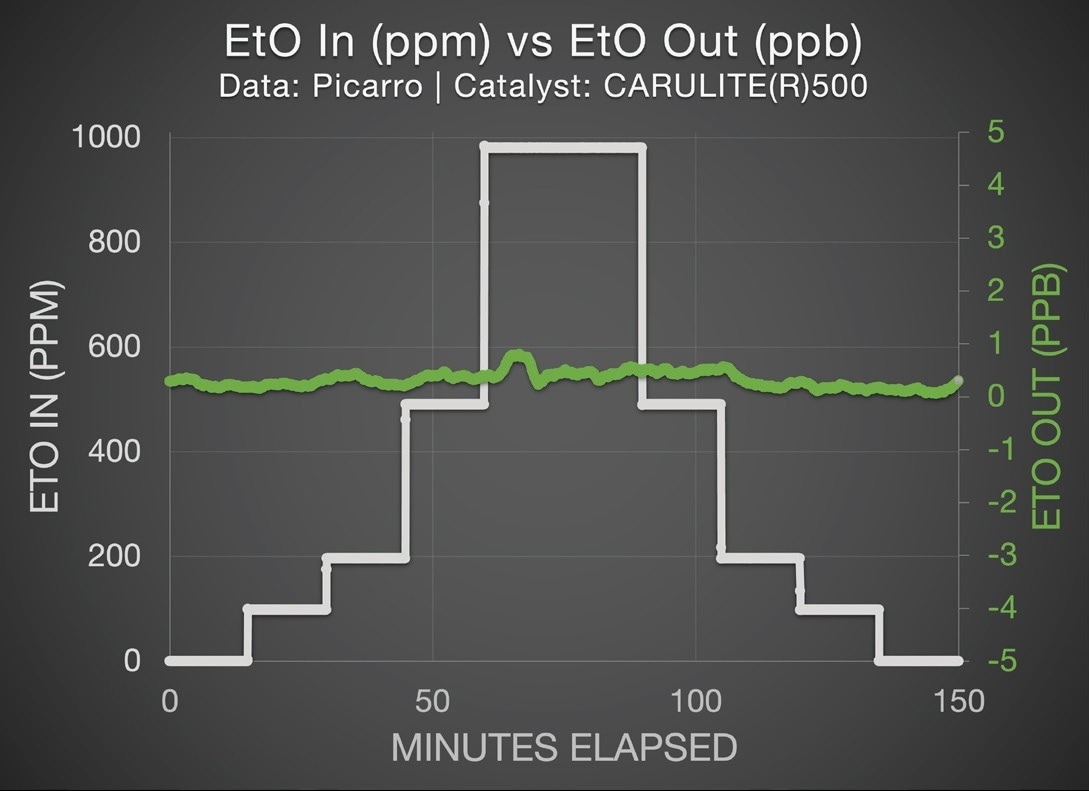
Figure 5. EtO in (ppm) and EtO out (ppb) of the test reactor column, indicating that virtually zero EtO reaches the Picarro analyzer despite very high inlet concentrations as high as ~1000 ppm. Image Credit: Picarro
The ascending and descending legs for each concentration level were averaged to establish the mean value for a specific inlet concentration. These average values are represented in green in Figure 6.
Notably, all EtO readings at the reactor outlet remain below 0.3 ppb, an exceptional discovery given that the inlet concentration reached almost 1,000,000 ppb at its peak. The instrument’s assured lower detection limit (0.25 ppb) is illustrated by an orange dashed line, indicating that two of the recorded concentrations fall below this guaranteed threshold.
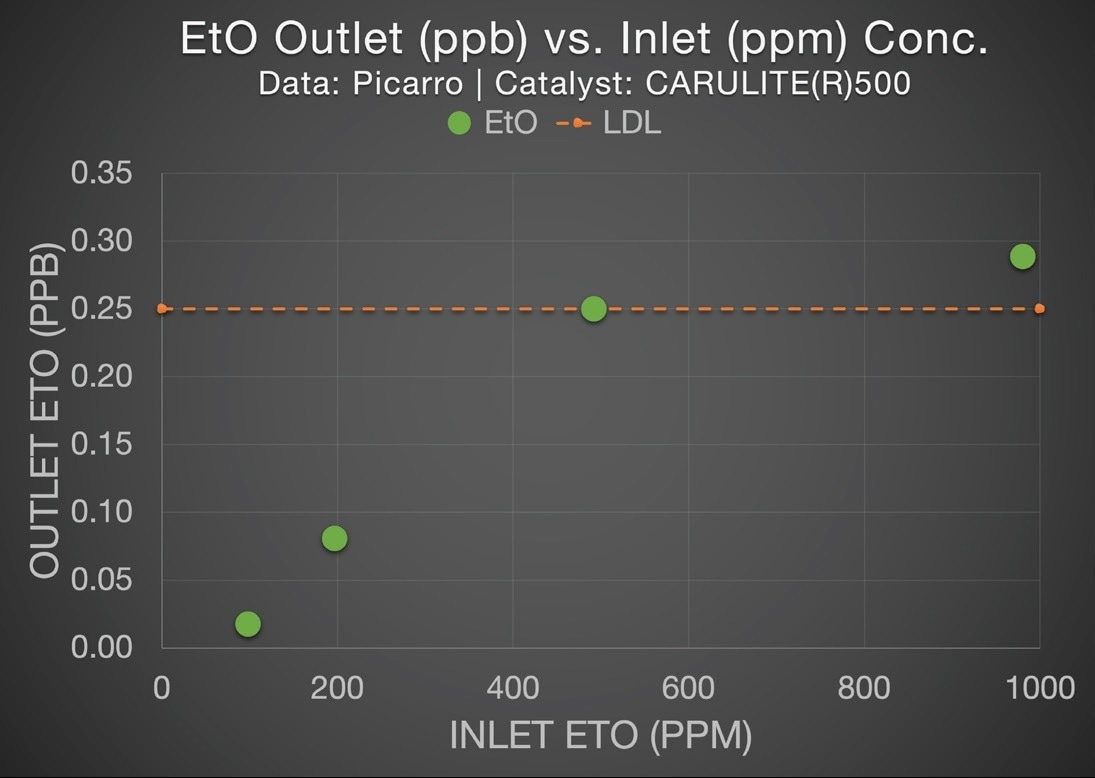
Figure 6. Average outlet EtO concentration in ppb as a function of inlet EtO concentration in ppm. Two outlet concentrations are so low as to fall below the guaranteed lower detection limit of the Picarro instrument. Image Credit: Picarro
The destruction efficiency for these four concentrations was evaluated by dividing the observed corrected outlet EtO value by the inlet concentration, subtracting it from 1, and then multiplying it by 100. Remarkably, all these calculated values exceeded 99.999%.
In Figure 7, these values are depicted both as the observed destruction efficiency and the destruction efficiency constrained by the lower detection limit (LDL) when the observed values fell below this threshold.
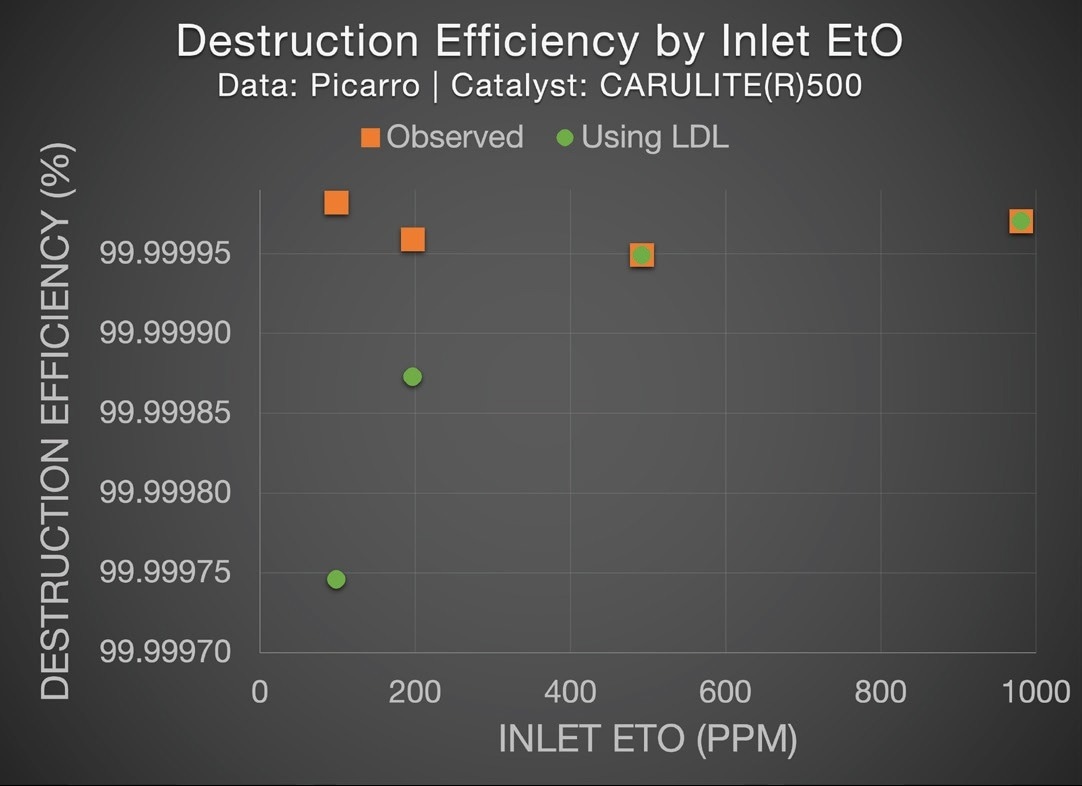
Figure 7. Destruction Efficiency at 100, 200, 500,1000 ppm inlet EtO concentrations. Constraining the observed efficiency by the official detection limit of the instrument slightly reduces the DE, as shown in the two green dots on the left, but still suggests incredible destruction efficiency above “five-nines”. Image Credit: Picarro
The inlet, outlet, and destruction efficiencies are summarized in Table 1.
Table 1. Inlet (ppm) and outlet (ppb) concentrations for the testing apparatus, with both the observed/implied destruction efficiency, and the destruction efficiency using the lower detection limit of the Picarro analyzer. Source: Picarro
| |
Inlet EtO (ppm) |
Outlet EtO (ppb) |
DE Obs (%) |
DE (%) 0.25 ppb LDL |
| Step 1 |
0* |
0** |
n/a |
n/a |
| Step 2 |
98.4* |
0.02 |
99.99998 |
99.99975 |
| Step 3 |
196.8* |
0.08 |
99.99996 |
99.99987 |
| Step 4 |
492* |
0.25 |
99.99995 |
99.99995 |
| Step 5 |
980.4* |
0.29 |
99.99997 |
99.99997 |
| Avg. DE |
-- |
-- |
99.999965 |
99.99988 |
*Inferred from mass flow controller blending and known tank value
**By definition, as this is used to characterize the zero
The average destruction observed is a remarkable 99.999965%, and the destruction efficiency using the detection limit of the analyzer is 99.99988%, greater than “five-nines” destruction efficiency.
Tracer Method and Stoichiometry
The results above are so remarkable that it is important to prove their validity independently. This can be done using two methods.
Methane Tracer Proof
First, the ~1000 ppm EtO tank contains a roughly 10 ppm methane tracer gas (certified: 9.5 ppm ± 2%), which is known to be conserved below 200 °C in reactor columns through previous Picarro studies.
The observed value of this gas at the outlet serves as confirmation that the EtO from the cylinder is indeed passing through the reactor apparatus and not escaping or being redirected elsewhere.
The predicted CH4 concentration is illustrated as a thin purple line in Figure 8, while the observed CH4 tracer is represented by purple dots overlaid on it. This choice of a solid line for the predicted and dots for the observed is made to distinguish between the two lines, as the methane was found to be preserved with near perfect recovery.
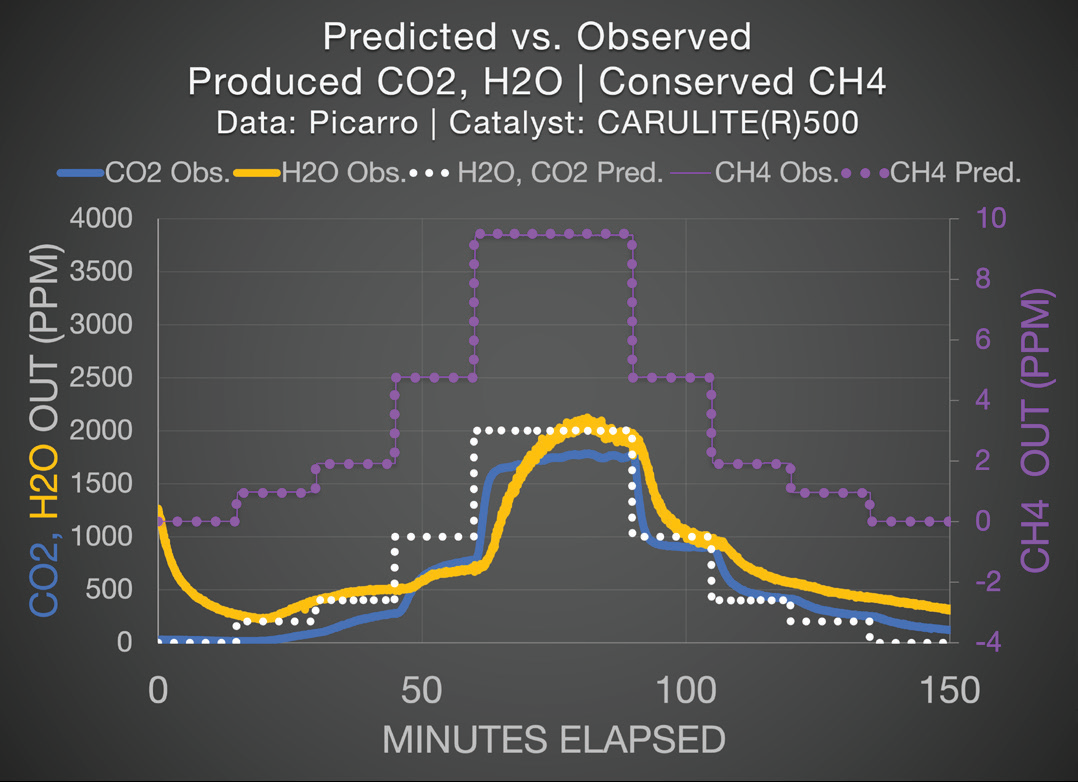
Figure 8. Expected vs observed CO2, H2O, CH4, showing H2O and CO2 latency effects. Image Credit: Picarro
Stoichiometric Proof
Secondly, the H2O and CO2 data was plotted alongside the CH4 data. H2O and CO2 are projected to be produced at double (white dotted line) the concentration of the inlet EtO, following the equation:
1 C2H4O + 5 ⁄ 2 O2 → 2 CO2 + 2 H2O
The produced H2O and CO2 track the expected value consistently near the expected stoichiometry but shifted slightly backward in time due to water’s and carbon dioxide’s tendency to adsorb and desorb from the large surface area of the catalyst media.
The combination of the CH4 tracer method, and the H2O and CO2 stoichiometry lend credence to the validity of the EtO destruction efficiency by the Carus catalyst media.
Picarro EtO Technology and PS-19: Demonstrating Excellence in Compliance
Instrumented systems utilized for EtO CEMS monitoring must undergo initial testing in a controlled laboratory environment to ensure compliance with Interference, Measurement Error, and Level of Detection (LOD) performance tests required in PS-19.
This article presents evidence of these tests, demonstrating the suitability of Picarro equipment for evaluating the destruction efficiency of Carus catalyst media.
It is worth noting that the testing conditions detailed below encompass concentrations of H2O, CO2, and CH4 that significantly surpass those depicted in the above test, capturing “worst-case” scenarios observed under the most conservative conditions. This accounts for the slightly elevated uncertainty response observed in the results compared to that inferred in the Carus catalyst testing procedures.
Interference Response, PS-19 Section 11.1
The interference test must be conducted with each of the interferent species (CO2, CH4, and H2O balanced in N2) present but can be run either individually (historically less of an interference impact) or collectively (more closely resembles real-world matrices but tends to be much more difficult).
The outcomes of this assessment are shown in Figure 9 for the Picarro CEMS system EtO instrument for EtO (ppb), tested with all three interferent gases present alternating between real-world ambient conditions and the highest elevated conditions stipulated by PS-19 CEMS: CO2 at 1.2% (12,000 ppm), CH4 at 20 ppm, and H2O at 4.5%.
The mean difference between the ambient and elevated EtO is 1.44 ppb (considerably lower than the 30 ppb threshold mandated in PS-19 Section 13.5.1), a notable value considering the simultaneous introduction of the interferents at maximum concentration. This form of testing is seldom provided by manufacturers of other technologies, such as FTIR, due to the performance challenges associated with simultaneous cross-talk correction algorithms, thermal oxidation modules, and optical filters.
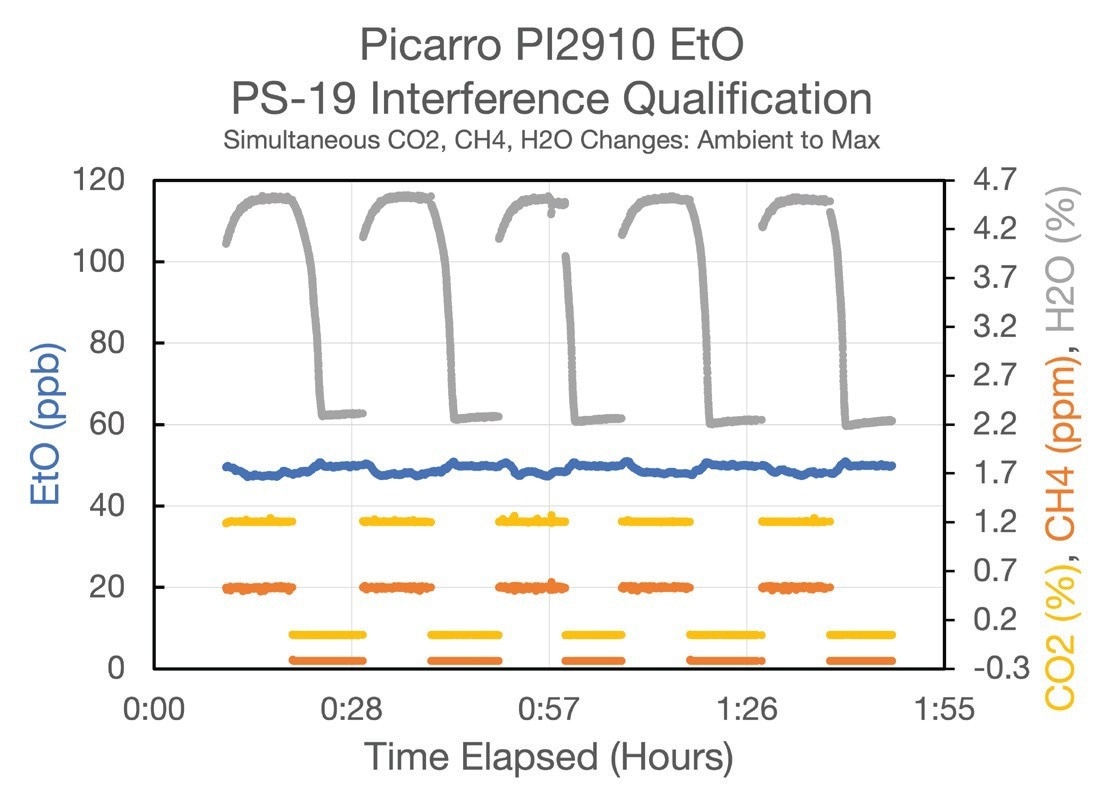
Figure 9. Picarro interference response test showing very minor changes to EtO when all specified interferent gases are simultaneously delivered to the analyzer. Image Credit: Picarro
Level of Detection, PS-19 Section 11.2
Picarro also conducted the LOD (a.k.a. “Limit of Detection”) test required in PS-19 Section 11.2, varying the EtO between 0 and 6 ppb (approximately 10 times the estimated LOD per the draft rule), repeating the test seven times in an ambient matrix with maximum interferent concentrations (see Figure 10).
The LOD is defined as three times the standard deviation of the mean of the seven zero steps. Although the exact nature of the LOD in PS-19 is somewhat ambiguous based on the proscribed allowed emissions limit, Picarro’s system would comfortably satisfy an LOD of 20 ppb if the limit were to be specified as 100 ppb (20 % of 100 ppb = 20 ppb).
It was determined that the tested limit was 0.239 ppb, surpassing the likely requirement by over 80 times.
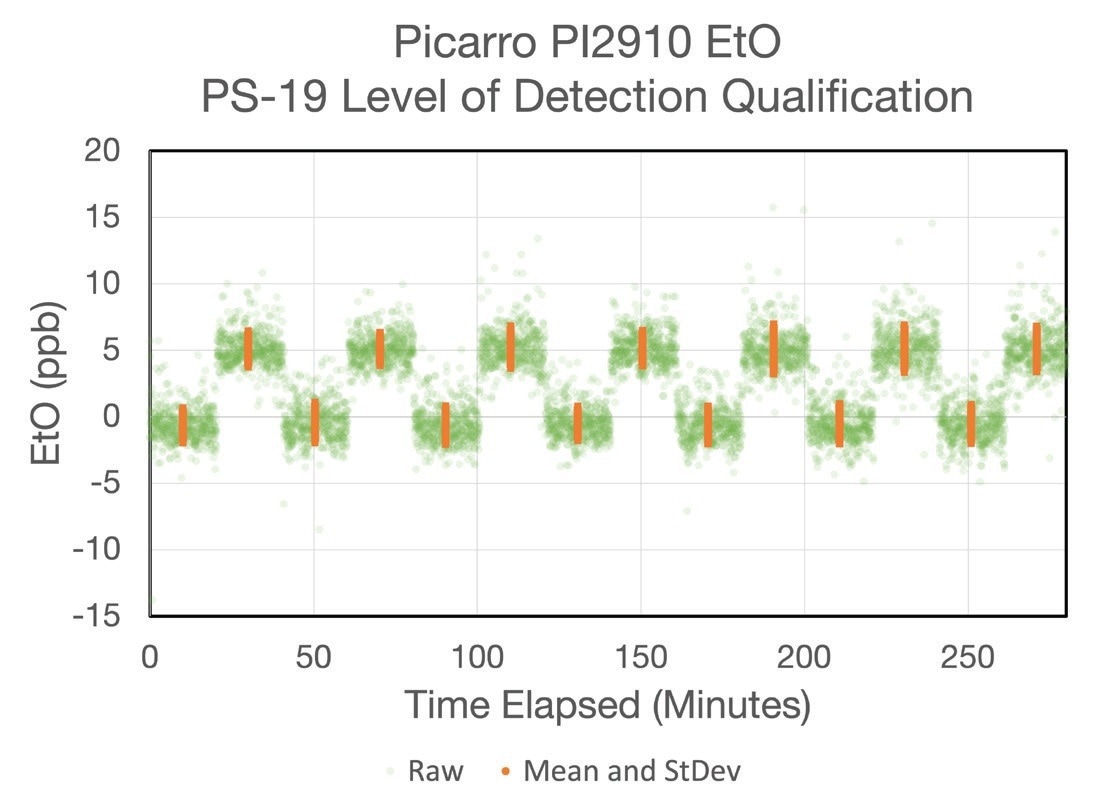
Figure 10. Picarro LOD test showing strongly reproducible and differentiable mean/standard deviation (orange dot with error bar) values for both zero and 10x LOD steps. Image Credit: Picarro
Measurement Error, PS-19 Section 11.4
The Picarro CEMS successfully cleared the measurement error test, which mandates an error of less than 5% of instrument span or 10 ppb when comparing measured versus target gas concentrations per the draft rule.
The system achieved an average error of only 0.154%, significantly below the 5% threshold specified in PS-19 Section 13.3, as shown in Figure 11.
“The Picarro EtO CEMS system passes all three PS-19 lab qualification tests easily—even when run with the most testing criteria—beating the requirement by a factor of 20 to 80.”
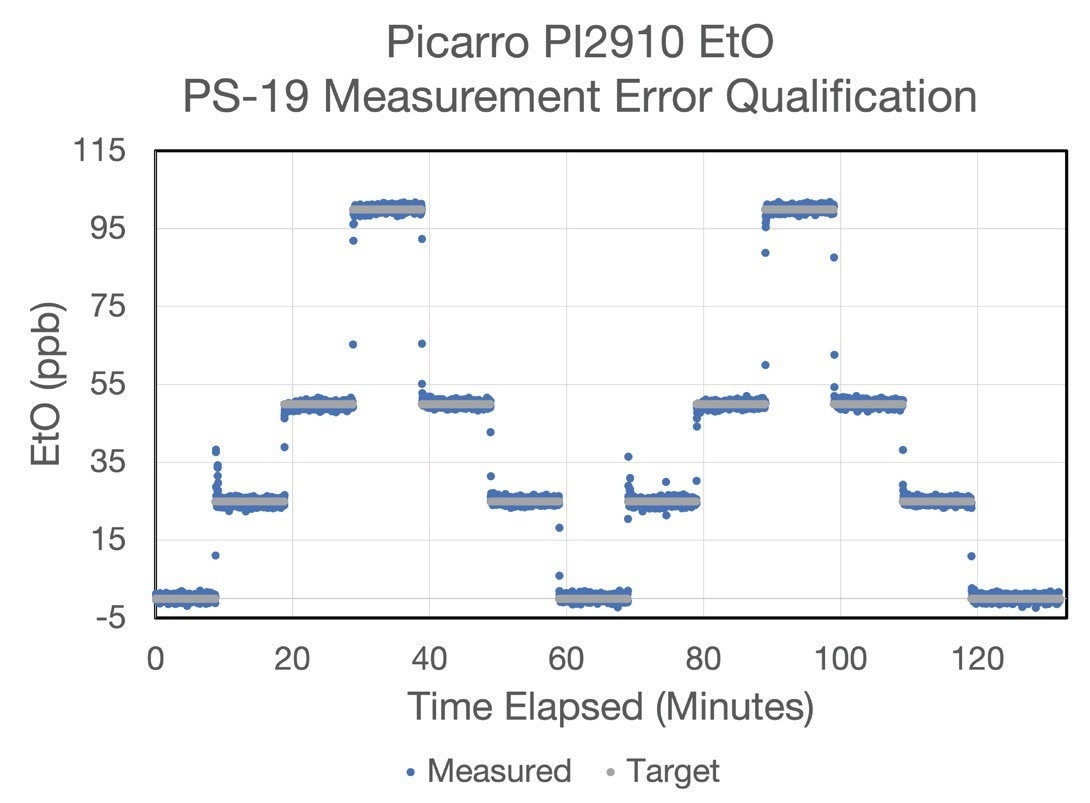
Figure 11. Picarro Measurement Error Test depicting measured (blue) and target (gray) concentrations, revealing the power and linearity of Cavity Ring-Down Spectroscopy. Image Credit: Picarro
Conclusions
Carus and Picarro collaborated to assess the destruction efficiency of CARULITE® 500, a catalyst material utilized in many of the world’s leading catalytic abatement systems within laboratory settings. The evaluations were conducted using EtO concentrations typical of those found in commercial sterilizers or chemical plant catalytic oxidizers.
The findings reveal an exceptional destruction efficiency of 99.99988% over inlet concentrations ranging from 100–1000 ppm, achieving over “five-nines” destruction efficiency.
Additional CH4, CO2, and H2O concentrations were used to confirm the accuracy and integrity of this test, verifying that a tracer gas, CH4, flowed through the test rig without loss, as expected at the temperature, while the EtO was destroyed with amazing efficiency into CO2 and H2O at a 1:2 ratio as predicted by stoichiometry.
In the modern regulatory environment of the new EtO NESHAP and the Amended Rule 1405 in SCAQMD, abatement systems must prove 99.94% and 99.99% destruction efficiency, respectively.2,4 These results show that Carus’s catalyst products give abatement system manufacturers a solid core around which to build their abatement systems.
References and Further Reading
- Carus [Online]. Available at: https://www.carusllc.com/ (Accessed on: unknown)
- EtO NESHAP 40 CFR Pt. 63 Subpart O [Online]. Available at: https://www.ecfr.gov/current/title-40/chapter-I/subchapter-C/part-63/subpart-O (Accessed on: unknown)
- EPA PS-19 [Online]. Available at: https://www.regulations.gov/document/ EPAHQ-OAR-2019-0178-0490 (Accessed on: unknown)
- South Coast Air Quality Management District Amended Rule 1405 [Online]. Available at: https://www.aqmd.gov/docs/default-source/rule-book/reg-xiv/rule-1405.pdf (Accessed on: unknown)
- Picarro. [Online] Carus LLC Selects Picarro as Technology Partner for Ethylene Oxide Emissions Monitoring and Abatement. Available at: https://www.picarro.com/eto/company/press-releases/2023/carus_llc_selects_picarro_as_technology_partner_for_ethylene_oxide (Accessed on: unknown)
- Picarro. [Online] Ethylene Oxide: A Comprehensive Approach to Ethylene Oxide Emissions Management. Available at: https://www.picarro.com/eto (Accessed on: unknown)
- Wikipedia. [Online] OMEGA process. Available at: https://en.wikipedia.org/wiki/OMEGA_process (Accessed on: unknown)
- Continuous process for the production of choline chloride [Patent]. Available at: https://patents.google.com/patent/US3373201A/en
- CDC. [Online] Ethylene Oxide “Gas” Sterilization. Available at: https://www.atsdr.cdc.gov/ethylene-oxide/ (Accessed on: unknown)
- Gamma Industry Processing Alliance White Paper: file:Users/jbent/Desktop/CleanUp/Comparison_Sterilization_ Technologies_GIPA-WP-GIPA-iia-Sterilization-ModalitiesFINAL-Version-2017-October-308772.pdf
- FIFRA PID: https://www.federalregister.gov/documents/2023/04/13/2023-07727/pesticide-registration-review-proposed-interim-decision-and-draft-risk-assessment-addendum-for
- Alicat Scientific [Online]. Available at: https://www.alicat.com/ (Accessed on: unknown)

This information has been sourced, reviewed and adapted from materials provided by Picarro.
For more information on this source, please visit Picarro.